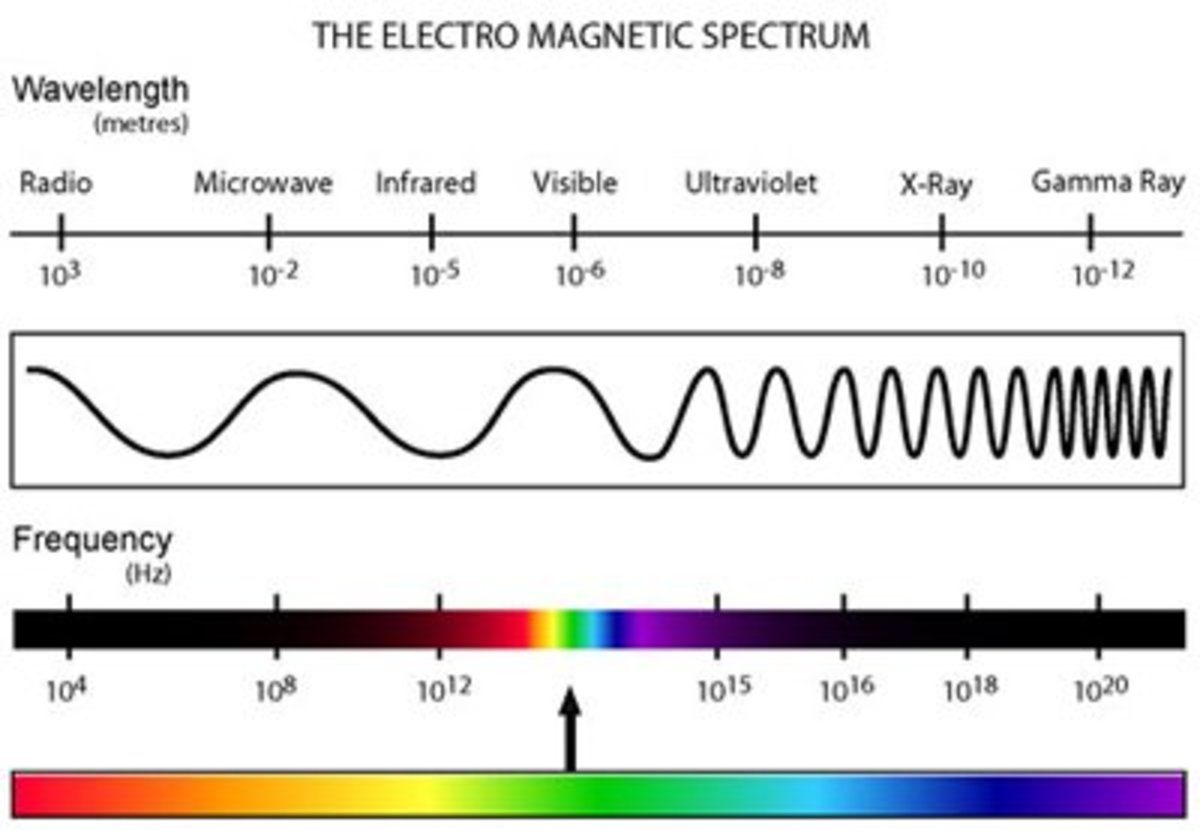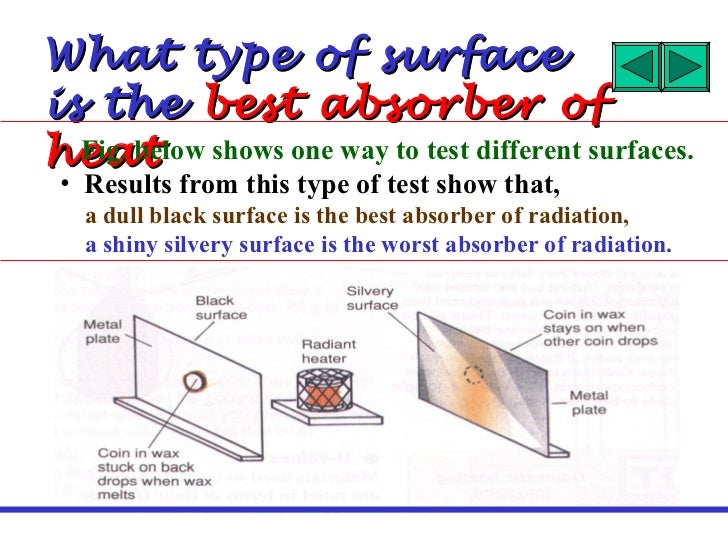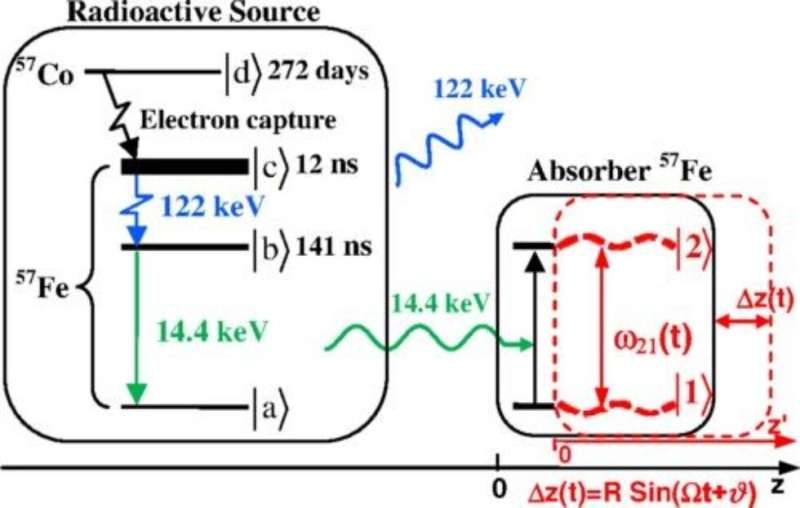Ever feel like you’re living in a world of superheroes and villains? Well, even without capes and tights, there’s a real-life “supervillain” out there: gamma radiation. It’s invisible, powerful, and definitely not something you want to mess with. But don’t worry, we’re not going to leave you defenseless!
Imagine a world where invisible rays can pass right through you, potentially causing serious harm. That’s the reality of gamma radiation. These aren’t your friendly neighborhood radio waves; we’re talking about high-energy electromagnetic radiation produced by radioactive decay. Think of them as the VIPs of the electromagnetic spectrum – Very Important Particles, and unfortunately, Very Intrusive Particles. They’re like the ninjas of the radiation world – silent, unseen, and potentially dangerous. They originate from the unstable nuclei of atoms, often during radioactive decay processes, and can also be produced by some high-energy physics processes. Now, the idea of radiation might sound scary (and rightfully so!), but understanding it is the first step to protecting ourselves.
Understanding Gamma Radiation and Its Hazards
Let’s face it, gamma radiation sounds intimidating. And while it’s healthy to have a healthy respect for it, understanding what it is and how it works is crucial. Think of it like knowing your enemy – the better you understand them, the better equipped you are to defend yourself.
What is Gamma Radiation?
Gamma rays are a form of electromagnetic radiation, just like radio waves, microwaves, and X-rays, but they sit at the very tippy-top of the energy scale. They’re the rock stars of the electromagnetic spectrum – the highest energy, shortest wavelength, and therefore, the most penetrating. Imagine the electromagnetic spectrum as a highway; gamma rays are the speed demons zooming along in the fast lane. This high energy is what makes them so dangerous, as they can easily penetrate through materials, including our bodies.
Where do these energetic particles come from? Gamma rays are typically produced during radioactive decay. Unstable atoms, seeking stability, release excess energy in the form of gamma rays. Think of it like a tightly wound spring suddenly releasing its energy. Natural sources of gamma radiation include cosmic rays bombarding Earth from space and radioactive isotopes present in the Earth’s crust. Man-made sources include nuclear reactors, particle accelerators, and certain medical isotopes used in treatments like radiotherapy.
How Gamma Radiation Interacts with Matter
So, how do these high-energy rays interact with matter? It’s a bit like a game of cosmic billiards, with gamma rays as the cue ball and atoms as the other balls. There are three main ways gamma rays interact with matter:
- Photoelectric Effect: This is where a gamma ray interacts with an atom’s electrons, ejecting an electron from the atom. Think of it like a photon knocking an electron out of its orbit. This effect is more dominant with lower energy gamma rays and materials with high atomic numbers (like lead).
- Compton Scattering: In this interaction, a gamma ray collides with an electron, losing some of its energy and changing direction. It’s like a glancing blow in billiards, where the cue ball changes course. This is the dominant mechanism for intermediate energy gamma rays.
- Pair Production: For very high-energy gamma rays, the photon can actually convert into an electron-positron pair. This is a bit more complex, but imagine the gamma ray transforming into matter and antimatter! This effect becomes important for higher energy gamma rays and materials with high atomic numbers.
Understanding these interactions is key to understanding how shielding works. The goal of shielding is to maximize these interactions, effectively stopping the gamma rays from passing through.
Health Risks of Gamma Radiation Exposure
Gamma radiation is classified as ionizing radiation, meaning it carries enough energy to knock electrons off atoms, creating ions. This ionization can damage DNA, the very blueprint of life, potentially leading to cell mutations and various health problems. Think of it like scrambling the instructions for building a house – the results can be unpredictable and often undesirable.
Exposure to high levels of gamma radiation can cause acute radiation sickness, characterized by nausea, vomiting, fatigue, and even death. Lower levels of chronic exposure can increase the risk of developing cancer and other long-term health issues. It’s important to remember that any exposure to ionizing radiation carries some level of risk. We measure radiation dose in units like Sieverts (Sv) and Gray (Gy). These units help us quantify the amount of radiation absorbed by the body and assess potential risks. Think of them as the “measuring tape” for radiation exposure.

Best Absorbers of Gamma Radiation: Materials and Mechanisms
Now for the million-dollar question: What is the best absorber of gamma radiation? Well, it’s not a one-size-fits-all answer. The “best” material depends on several factors, including the energy of the gamma rays, the intensity of the source, and practical considerations like cost and weight. However, some materials consistently stand out as top contenders. Think of them as the all-stars of gamma radiation defense.
High-Density Materials: The First Line of Defense Against Gamma Rays
Dense materials are generally the most effective at stopping gamma rays. It’s like trying to stop a bowling ball – a thicker, denser barrier is much more likely to do the trick. This is because denser materials provide more atoms for the gamma rays to interact with, increasing the chances of absorption or scattering.
- Lead: A Classic Gamma Shield
Lead is a classic choice for gamma radiation shielding. Its high atomic number and density make it incredibly effective at stopping gamma rays. Think of lead as the heavyweight champion of gamma shielding. It’s widely used in medical settings to shield patients during radiation therapy and in industrial settings for containing radioactive materials. However, lead is also toxic, so it needs to be handled with care. It’s also quite heavy, which can be a consideration in some applications.
- Depleted Uranium: High Density, Specialized Applications
Depleted uranium is even denser than lead, making it an even more potent gamma shield. Think of it as lead on steroids. It’s often used in specialized applications where space is limited, such as in some portable radiation sources and in certain types of ballistic armor. While it’s radioactive, it’s important to note that depleted uranium is significantly less radioactive than natural uranium. However, it still needs to be handled and disposed of properly due to its chemical toxicity and low-level radioactivity.
- Tungsten: A Versatile Shielding Material
Tungsten is another high-density material that’s gaining popularity as a gamma shield. Think of it as the rising star in the gamma shielding world. It’s non-toxic, which makes it a safer alternative to lead in some applications. It’s also incredibly dense, making it very effective at stopping gamma rays. Tungsten is used in medical imaging, industrial radiography, and even in some high-tech applications like fusion reactors.
Concrete: A Cost-Effective Solution for Large-Scale Shielding
While not as dense as lead or tungsten, concrete is a cost-effective and readily available material for large-scale gamma shielding. Think of it as the workhorse of gamma shielding. It’s often used in the construction of nuclear power plants, research facilities, and other places where large amounts of shielding are required. The effectiveness of concrete as a gamma shield depends on its density and the type of aggregate used. Denser concrete is more effective at stopping gamma rays.
Water: An Unexpected Gamma Ray Shield
Believe it or not, water can also be an effective gamma shield. Think of it as the surprise contender in the gamma shielding arena. While it might not be as dense as lead, water contains hydrogen and oxygen atoms, which can interact with gamma rays. It’s particularly effective at absorbing lower-energy gamma rays. Water is used in spent fuel pools at nuclear reactors to cool and shield highly radioactive spent fuel rods. It’s also used in some medical applications.
Other Materials for Gamma Radiation Shielding
Many other materials offer some level of gamma shielding, but they are generally less effective than the ones mentioned above. These include steel, earth, and specialized polymers. Steel, while denser than many materials, is still not as effective as lead or tungsten. Earth can provide some shielding, but it requires a significant amount of it to be effective. Specialized polymers are being developed for specific applications, but they are not yet widely used. Think of these materials as the supporting cast in the gamma shielding drama – they play a role, but they’re not the stars.

Choosing the Right Shielding Material
So, you’re facing a gamma radiation challenge and need to choose the right shielding. It’s like choosing the right tool for a job – you wouldn’t use a hammer to screw in a lightbulb (unless you’re really committed). Here’s a breakdown of the key factors to consider:
- Energy of the gamma radiation: Think of gamma rays like different types of bullets – some are faster and more powerful than others. Higher energy gamma rays are more penetrating and require denser shielding materials. Lower energy gamma rays can be stopped by less dense materials. It’s like choosing the right armor for a battle – you need something that can withstand the specific type of attack you’re facing.
- Intensity of the radiation source: A strong radiation source emits more gamma rays, requiring thicker or denser shielding. Think of it like trying to block a firehose versus a garden hose – the firehose needs a much stronger barrier.
- Cost of the material: Let’s be realistic, budget is always a factor. Lead is effective but can be expensive. Concrete is a more affordable option for large-scale shielding. It’s like balancing effectiveness with your wallet – you want the best protection you can afford.
- Weight and space constraints: In some situations, weight and space are limited. For portable devices, lighter shielding materials are necessary. In other cases, large, heavy shielding might be acceptable. Think of it like packing for a trip – you need to consider how much you can carry.
- Toxicity and environmental concerns: Lead, while effective, is toxic. Depleted uranium has its own set of concerns. Consider the environmental impact and safety of the shielding material. It’s like choosing a cleaning product – you want something that’s effective but also safe for you and the environment.
- Specific application: The best shielding material will vary depending on the specific application. Medical applications have different requirements than industrial applications. It’s like choosing the right tool for the job – a scalpel is great for surgery, but not so much for hammering nails.
Here’s a handy table summarizing the different materials and their properties:
| Material | Density (g/cm³) | Effectiveness | Cost | Applications |
|---|---|---|---|---|
| Lead | 11.34 | Very High | High | Medical, industrial shielding |
| Depleted Uranium | ~19 | Extremely High | High | Specialized applications, ballistics |
| Tungsten | 19.3 | Very High | Moderate | Medical, industrial shielding |
| Concrete | 2-3 | Moderate | Low | Nuclear facilities, large-scale shielding |
| Water | 1 | Low-Moderate | Very Low | Spent fuel pools, some medical applications |
Applications of Gamma Radiation Shielding: Protecting People and Equipment
Gamma radiation shielding plays a crucial role in protecting people and equipment in a variety of settings. It’s like having a bodyguard for your health and your valuable equipment.
- Medical applications: Shielding is essential in radiation therapy to protect healthy tissues from radiation damage. It’s also used in diagnostic imaging, such as X-rays and CT scans, to minimize patient exposure.
- Industrial applications: Gamma radiation is used in industrial radiography to inspect welds and other materials. Shielding is necessary to protect workers from the radiation source. It’s also used in nuclear gauges to measure the level of liquids or solids in containers.
- Nuclear power plants: Nuclear power plants require extensive shielding to protect workers and the public from the intense radiation produced by the reactor. This includes shielding around the reactor core, spent fuel storage pools, and other areas where radioactive materials are present.
- Research laboratories: Researchers working with radioactive isotopes need to use appropriate shielding to protect themselves and others from radiation exposure.
- Homeland security: Radiation detectors and shielding are used to prevent the illicit transport of radioactive materials. This helps to keep our communities safe from potential threats.
Final Thoughts on Gamma Radiation Shielding
Gamma radiation is a powerful force of nature, but it’s not invincible. By understanding its properties and utilizing effective shielding materials, we can protect ourselves and our communities from its harmful effects. Choosing the right shielding material is crucial and depends on several factors, including the energy and intensity of the radiation, cost, weight, and the specific application. Remember, when it comes to gamma radiation, it’s always better to be safe than sorry. If you have specific shielding needs, it’s always best to consult with a radiation safety expert.
Frequently Asked Questions About Gamma Radiation and Shielding
- How much shielding is needed to block gamma rays? The amount of shielding depends on the energy and intensity of the gamma rays. Higher energy and more intense sources require thicker and denser shielding.
- Can I use lead to shield against all types of radiation? Lead is effective against gamma rays and X-rays, but it’s not as effective against alpha and beta particles.
- Are there any safe levels of gamma radiation exposure? Any exposure to ionizing radiation carries some level of risk. However, regulatory limits are in place to minimize exposure and reduce the risk of adverse health effects.
- How do I dispose of radioactive materials safely? Radioactive materials should be disposed of according to local and national regulations. Contact your local environmental agency for guidance.